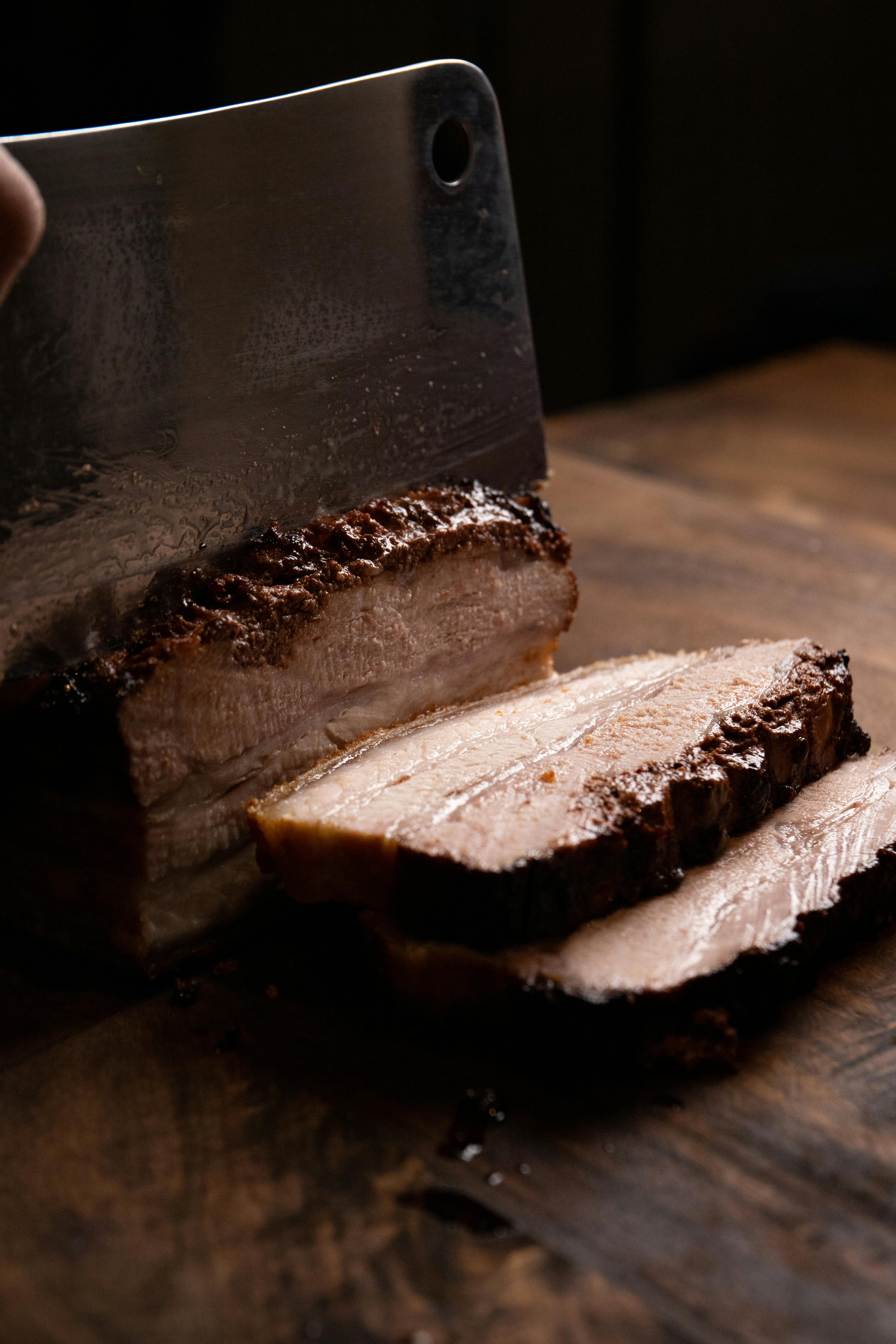Best 7 Dental Soft Diet Foods to Consider in 2025

Best 7 Dental Soft Diet Foods to Consider in 2025
Dental surgeries, tooth extractions, and issues related to sensitive gums can make eating a challenge. For optimal recovery, it's crucial to incorporate a well-rounded soft diet tailored to your needs. Soft foods not only ease chewing and swallowing but also provide essential nutrients that support healing. In this article, we will explore the best soft foods for dental patients, including nutritious options that are easy to prepare, delicious, and satisfying.
As you navigate your recovery, remember that the right soft diet can help promote healing and comfort. This guide outlines various types of soft foods, their benefits, and how they contribute to dental health. We’ll provide practical meal ideas and recipes, ensuring you not only recover effectively but also enjoy your meals. Let’s dive into the top soft diet foods you should consider!
1. Creamy Soups and Broths for Dental Healing
After dental surgery, creamy soups and broths make a comforting addition to your soft diet. They are nutritious, easy to consume, and provide hydration—key for recovery. Options like chicken soup, vegetable broth, and cream of mushroom soup offer warmth while being gentle on your healing gums.
Nutritious Ingredients to Include
When preparing soups, consider adding pureed vegetables, soft legumes, and tender meats. These ingredients not only enhance the flavor but also provide vitamins and minerals vital for healing. For instance, pureed carrots and sweet potatoes are excellent choices that blend well while offering nourishment.
Tips for Perfect Soups
To ensure your soups are suitable for a soft diet, avoid large chunks or tough fibers. Opt for blending or straining to achieve a smooth consistency that can be easily consumed. Additionally, seasoning can elevate the flavor without compromising wellness.
2. Nourishing Smoothies for Dental Recovery
Smoothies are an ideal choice for dental patients, given their versatility and ease of ingestion. They can be packed with fruits, vegetables, and protein sources, making them not only tasty but also incredibly beneficial for recovery.
Creating the Perfect Smoothie
Start with a base such as yogurt or milk for creaminess, then add soft fruits like bananas, avocados, or berries. Ensure that all ingredients are blended well to avoid any chunks that can irritate sensitive gums. Use smoothie recipes specifically designed for dental health to guide your choices.
Ingredient Substitutions
If you're avoiding seeds or sugar, look for alternatives such as unsweetened almond milk or protein shakes. You can also incorporate soft greens like spinach for added vitamins. Creative combinations can keep your smoothies enjoyable and packed with nutrients.
3. Soft Grains and Cereals for Easy Eating
Grains are foundational to a soft diet, providing necessary carbohydrates essential for energy. Soft options like oatmeal, rice pudding, and pureed quinoa can be easily prepared and consumed while ensuring a balanced diet.
Oatmeal and Beyond
Oatmeal is an excellent breakfast option, packed with fiber and easy to chew. For added taste, consider mixing in soft fruits or a dollop of yogurt. Rice pudding is another wonderful dessert that can satisfy your sweet tooth while being gentle on your mouth.
Alternative Soft Grains
Beyond oatmeal, you can explore soft polenta, cream of wheat, and mashed potatoes. Each provides a distinct flavor and texture, ensuring variety in your meals and preventing monotony during recovery.
4. Dairy and Dairy Alternatives for Nutrition
Incorporating dairy products can significantly benefit your soft diet. Items like yogurt, cottage cheese, and ricotta are soft, rich in protein, and can be enjoyed in numerous ways.
Healthy Dairy Choices
Choose options like Greek yogurt for a protein-packed boost or soft cheeses spread on soft bread for a delightful snack. These foods help in maintaining weight during recovery, especially when solid foods are minimal.
Dairy-Free Alternatives
If you're lactose intolerant or prefer dairy-free options, consider almond or coconut yogurt. These alternatives often come in soft textures and can be just as nutritious. They also introduce unique flavors to your meals.
5. Ensuring Variety with Soft Desserts
Don’t forget about indulging your sweet tooth with soft desserts! Soft puddings, custards, and gelatin can be pleasurable while adhering to your dietary needs.
Delicious Soft Dessert Ideas
Pudding cups, such as chocolate or vanilla, provide a comforting treat that can also be nutritious. Consider whipping up a batch of soft banana puddings or chia seed puddings for a fresh twist. These options are easy to consume and incredibly satisfying.
How to Make Soft Desserts
Making these desserts is usually straightforward; opt for recipes that emphasize soft and pureed textures. Remember to avoid hard toppings and stick to alternatives that blend well with the dessert’s base.
6. Soft Fruits for Nutritional Benefits
Soft fruits are not just nutritious but also hydrating, fulfilling both dietary and hydration needs during recovery. Options like applesauce, mashed bananas, and pureed peaches are good choices.
Preparing Soft Fruits
Fruits can be enjoyed in various soft forms—plain, blended into smoothies, or cooked into compotes. Ensure cleanliness and tenderness when preparing fruits to avoid irritation while eating.
Grains, Fruits, and Nutritional Synergy
Combining grains and fruits, such as oatmeal topped with applesauce or banana mash, offers a delightful blend of flavors and textures. This also provides a balanced meal option ensuring adequate nutrient intake.
7. Protein-Rich Foods to Support Healing
Protein is a crucial part of healing, making soft protein-rich foods essential in your diet. Soft scrambled eggs, tofu, and moist fish like salmon can help increase your protein intake.
Examples of Protein-Packed Foods
Consider adding pureed beans, lentils, or soft meatloaf to your meals, maximizing protein while remaining easy to chew. These options support tissue repair and help maintain energy levels during your recovery journey.
Preparing Soft Protein Sources
When cooking proteins, aim for moist and tender preparations. Poaching or steaming can keep meats soft, while pureeing can seamlessly incorporate them into various dishes, enhancing the meal's nutritional value and palatability.
Conclusion: Maximizing Nutrition During Your Recovery
Incorporating a thoughtful variety of soft foods is vital for a successful recovery post-dental procedures. Remember to focus on nutrition while considering the level of tenderness and moisture in each food item. A well-planned soft diet can greatly enhance your comfort and expedite healing.
By using the recommendations above, you can create delicious meal plans that meet your dietary needs. Always consult with a healthcare professional for personalized advice. With the right choices, you can enjoy your meals while ensuring optimal recovery.

